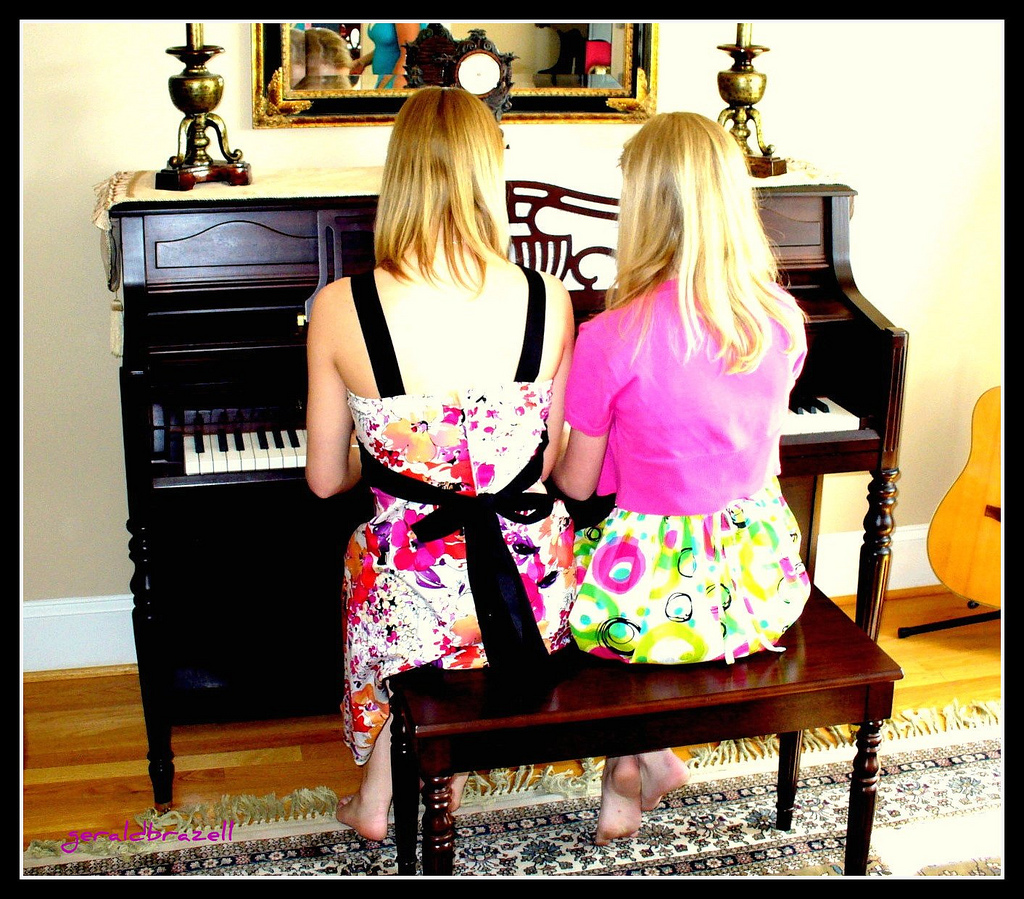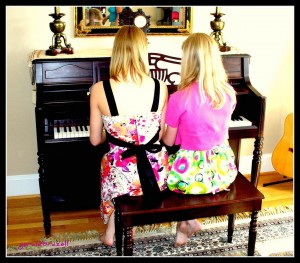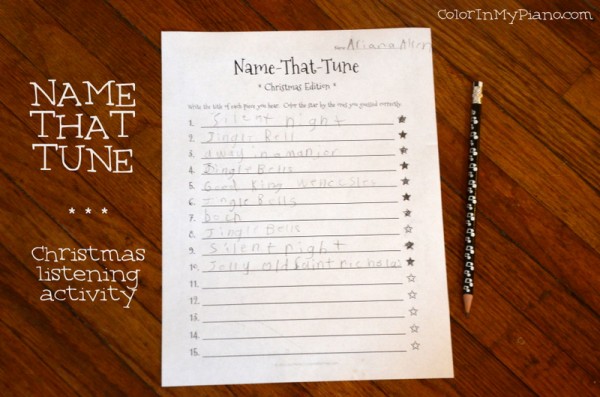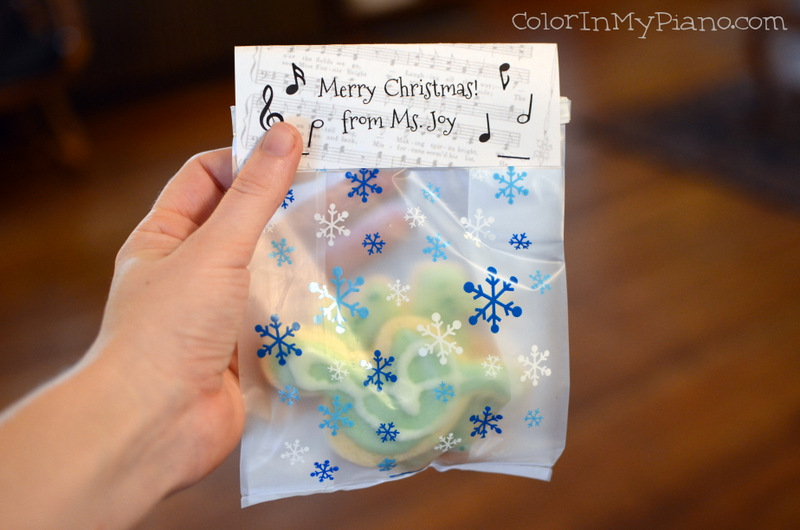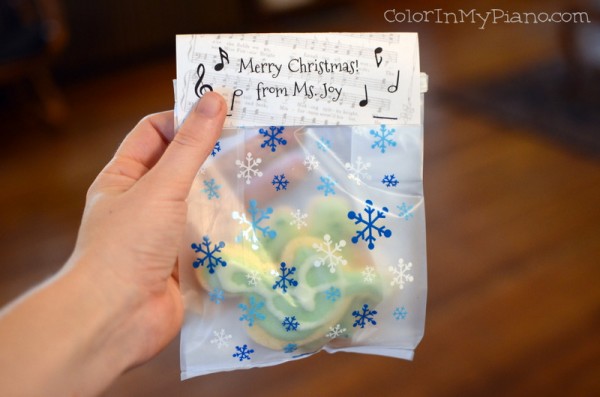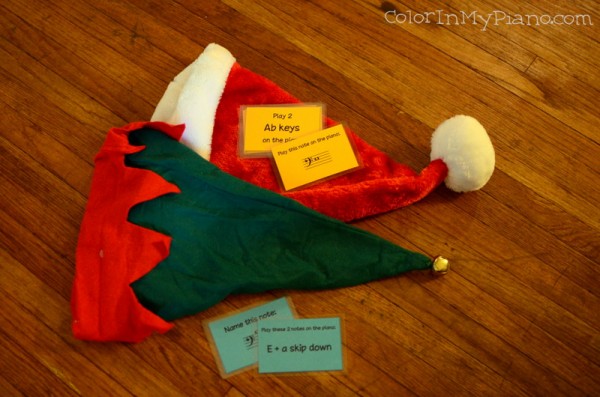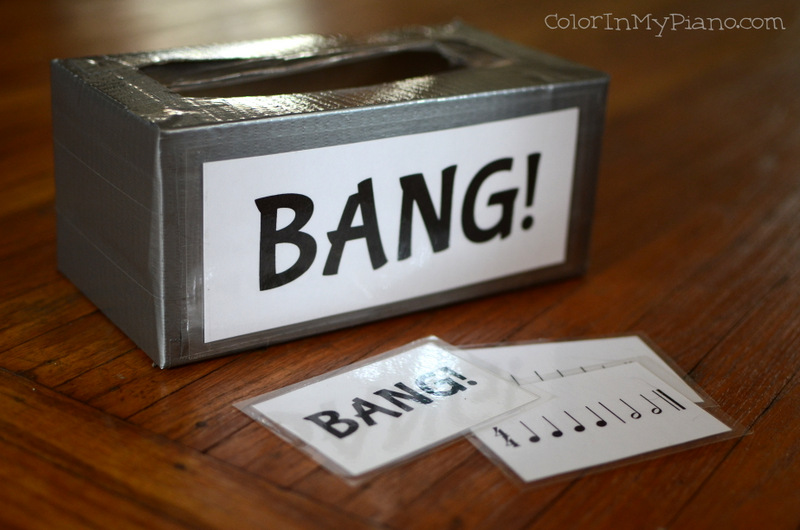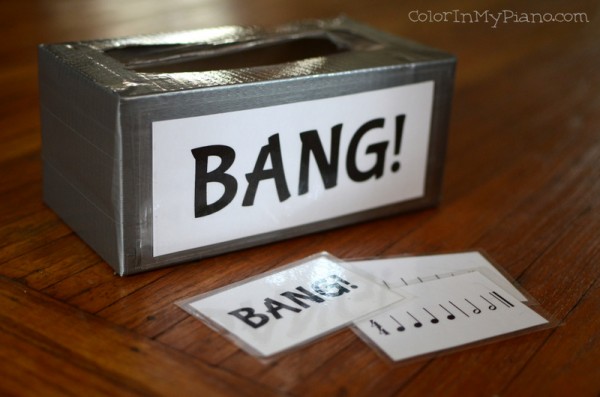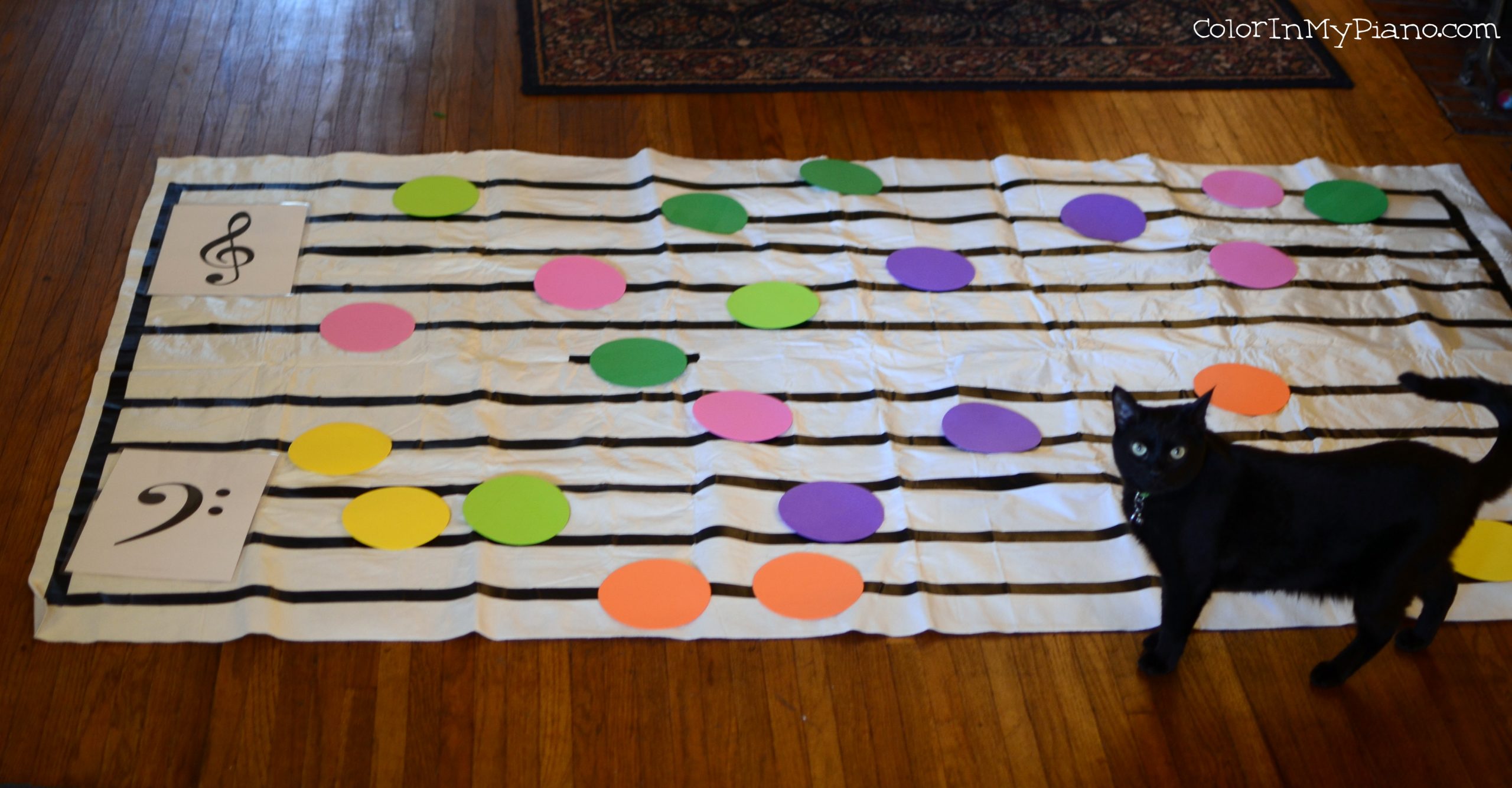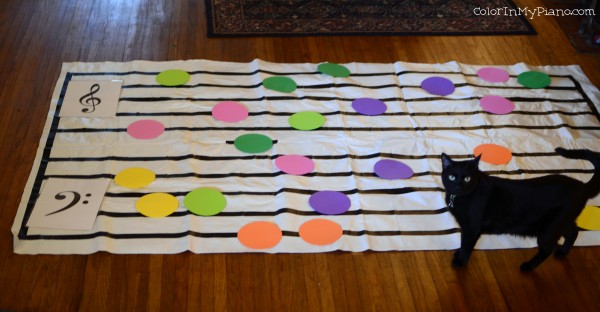This post is a sequel to the post: 9 First Classical Anthologies for Piano Students. As mentioned before, anthologies are great for exposing students to a variety of composers and styles of literature at a great value.
After the student’s first introduction to classical pieces, there are many, MANY of different options for classical anthologies that are suitable for late elementary / early intermediate level students and beyond. We piano teachers are fortunate to have such a variety to choose from! Rather than resorting to using the same 2-3 books, I try to take advantage of the huge variety of books available and enjoy the variety of literature available for our students to play. I am always on the lookout for new things to use with my students. 🙂
Below are descriptions of a smattering of different anthologies, along with my comments about each one. Be sure to share about your favorite anthologies in the comments!
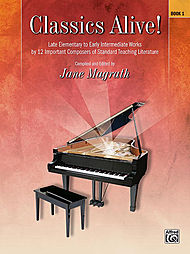
I love this book, and all the selections within it. It’s a great value, with 72 selections. The pieces start at a late elementary level. The editing is great, and the typeset is clean and easy-to-read.
Books 1, 2, and 3 are available.
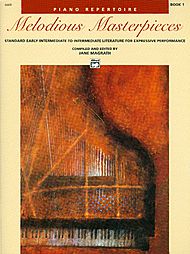
Again, I love all the selections in this book! Book 1 contains 38 selections, starting at an early intermediate level. The pieces are chosen for the purpose of encouraging the student to play expressively, or to suit the student who enjoys melodic, poignant literature.
This book contains mostly Romantic pieces, although all periods are represented.
Continue reading “More Classical Anthologies for Piano Students” →
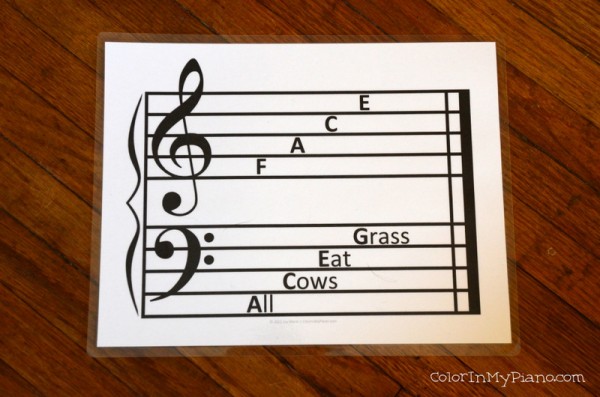


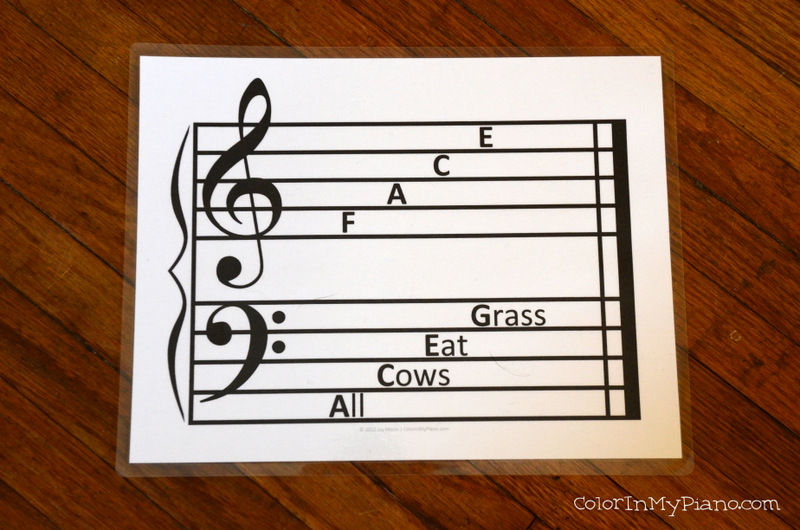


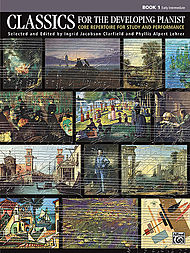



 When I was a 5-year-old beginner piano student, I remember being re-assigned one-/two-line method book pieces when the only thing lacking was dynamic contrast. And I remember being frustrated with this. My frustration was partly due to the fact that I was bored with the music I was playing; I wanted to be reading staff notation instead of pre-staff notation, as my mother taught me to do before she found me a piano teacher. Regardless, having to re-practice pieces that were already mastered, due to forgetting to drop from forte-piano to piano in one place was a hard thing for me to swallow.
When I was a 5-year-old beginner piano student, I remember being re-assigned one-/two-line method book pieces when the only thing lacking was dynamic contrast. And I remember being frustrated with this. My frustration was partly due to the fact that I was bored with the music I was playing; I wanted to be reading staff notation instead of pre-staff notation, as my mother taught me to do before she found me a piano teacher. Regardless, having to re-practice pieces that were already mastered, due to forgetting to drop from forte-piano to piano in one place was a hard thing for me to swallow.